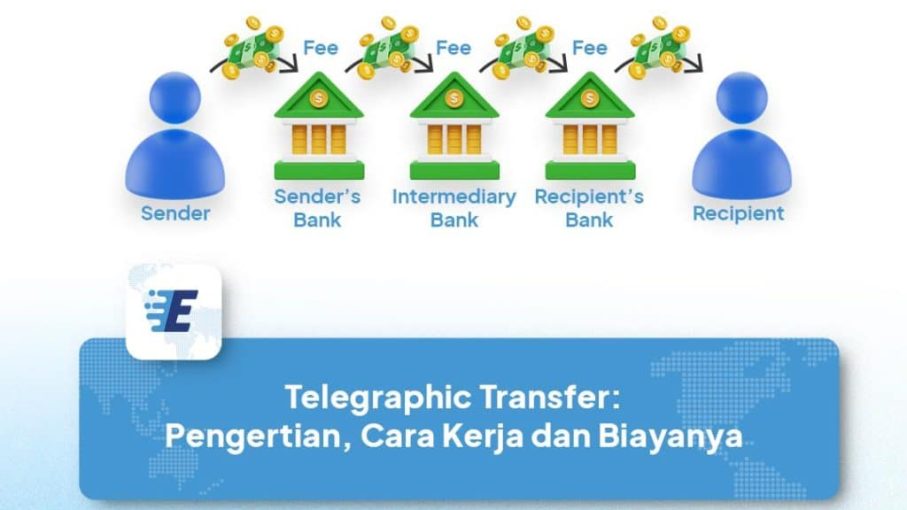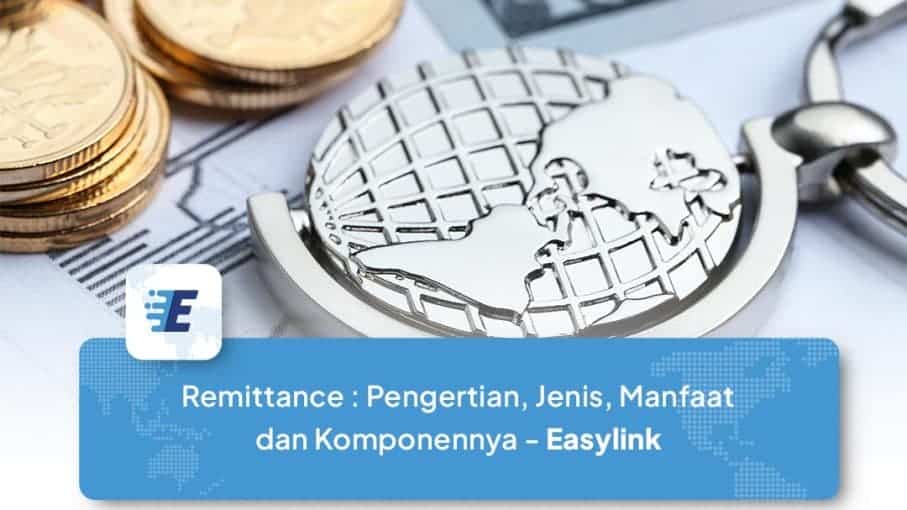Last updated on April 22nd, 2024 at 03:06 pm
Telegraphic Transfer (TT) is a method of sending money that has been in existence since ancient times. This method helps in sending money between countries using specific codes.
This method utilizes communication technology used in telegrams or telegrams. Telegram is a message sent from one party to another using a combination of codes, which is then transmitted using telegraphs.
A telegraph is a device for sending messages using electrical wires that connect one place to another, either within the same country or internationally. This technology was popular from the 18th century until the late 20th century.
The first financial institution to use Telegraphic Transfer (TT) technology was Western Union in the United States in 1851.
At that time, sending money using Telegraphic Transfer (TT) was faster than using manual methods such as horses or ships.
Benefits of Telegraphic Transfer (TT)
List of contents
Basically, the benefit of Telegraphic Transfer (TT) at that time was to simplify the process of sending money between countries.
At that time, if you needed to send money to a different continent, you simply went to the bank where you kept your money, provided the required data such as the sender's name, recipient's name, and the amount of money to be sent.
Afterward, the bank operator would send Morse code to the receiving bank. The recipient would then go to the receiving bank to collect the remitted money.
In addition to telegraphic transfer, there is another method transfer money abroad In addition to telegraphic transfer, there is another method of transferring money abroad called Wire Transfer. Interested in learning more? You can click on the Wire Transfer article. berikut.
Cost of Telegraphic Transfer (TT)
In essence, the Telegraphic Transfer (TT) process involves three banks: the sender's bank, an intermediary bank, and the recipient's bank. Each of these banks will charge a commission fee to process the money transfer.
There are two cost components in the Telegraphic Transfer (TT) method:
- Bank commission: The sender's bank, intermediary bank, and recipient's bank will charge fees to process the fund transfer.
- Currency Exchange Margin: Banks will also charge fees based on the currency exchange rate as per their terms. Bank rates are usually higher than the rates applicable in the market or the mid-rate.
These costs also vary for each bank, so be sure to check with your chosen bank.
Daily Telegraphic Transfer (TT) Transfer Limits
The daily transfer limit using the Telegraphic Transfer (TT) method also varies depending on your chosen bank. So, make sure to confirm with your bank's customer service.
Read Also: How to Transfer Money Abroad via BRI
Telegraphic Transfer Conclusion
In Conclusion, Telegraphic Transfer (TT) was an innovative solution in its time to facilitate international money transfers. However, with the involvement of multiple banks, the required costs were higher, and the process was slower.
Looking for a safe and fast alternative for transferring money abroad? Use Easylink!
However, with rapid technological advancements, more and more alternatives that are faster and more cost-effective have emerged. With Easylink, you can send money abroad more quickly and economically.
Easylink can assist you in sending and receiving money in the local currency of the destination country, USD, and Euro.
Easylink offers a solution send money abroad more easily and affordably. All done from your current location, as Easylink operates 100% online.
With lower costs, as Easylink offers a flat transfer fee of Rp 50,000 (Promo), and competitive exchange rates.





